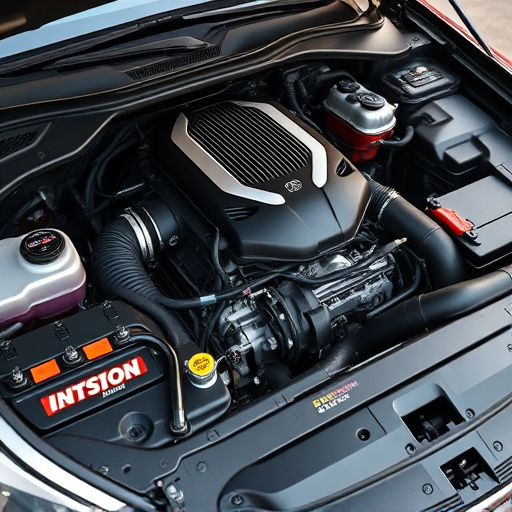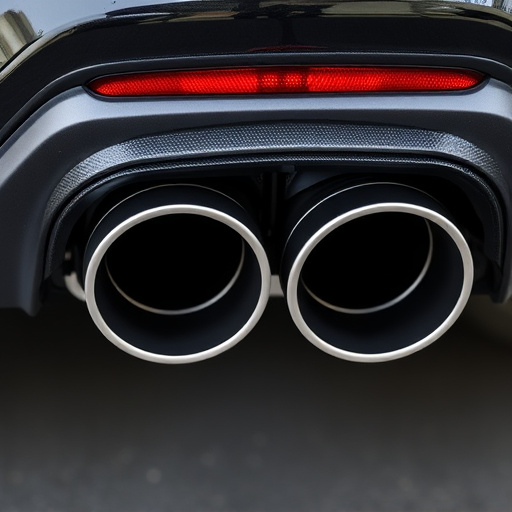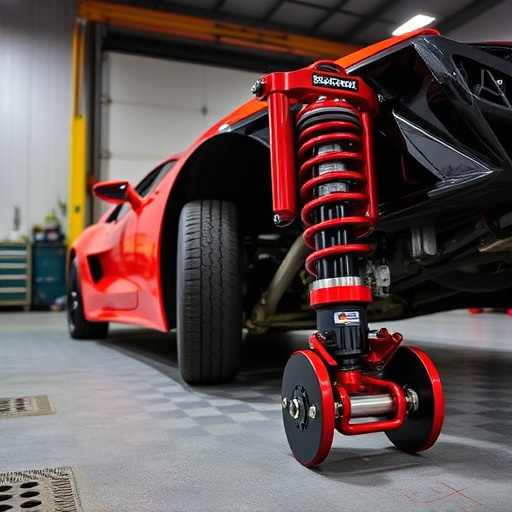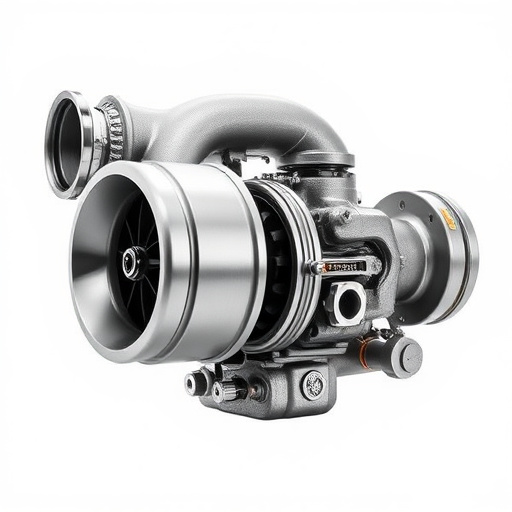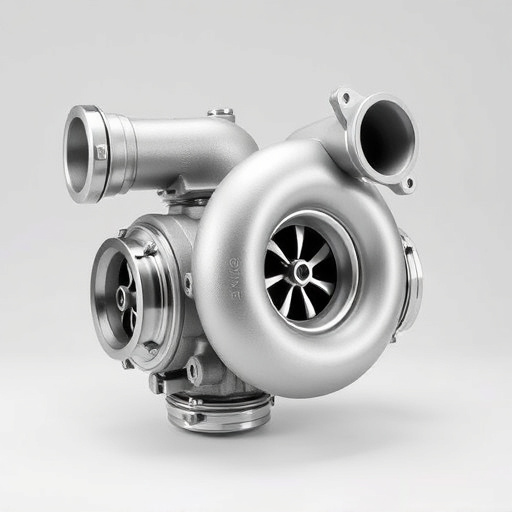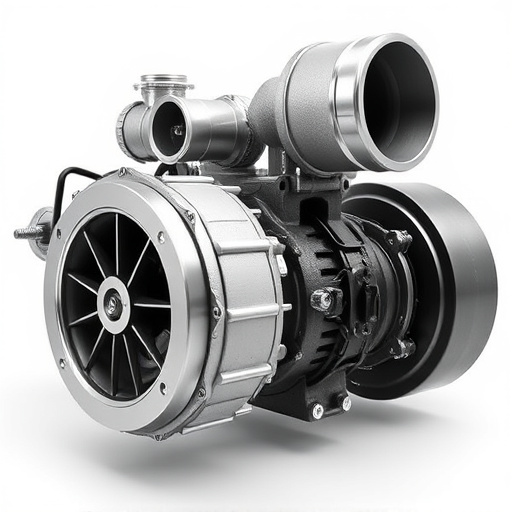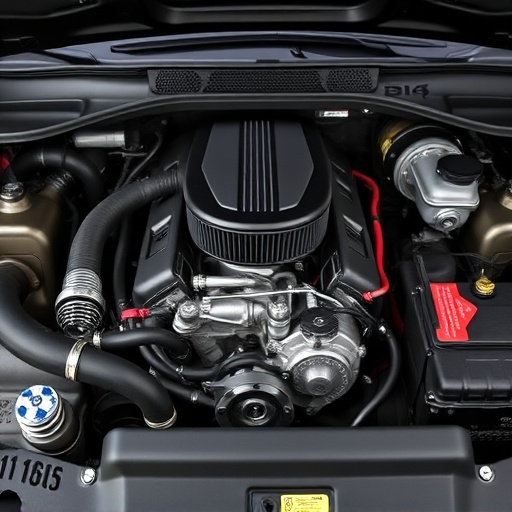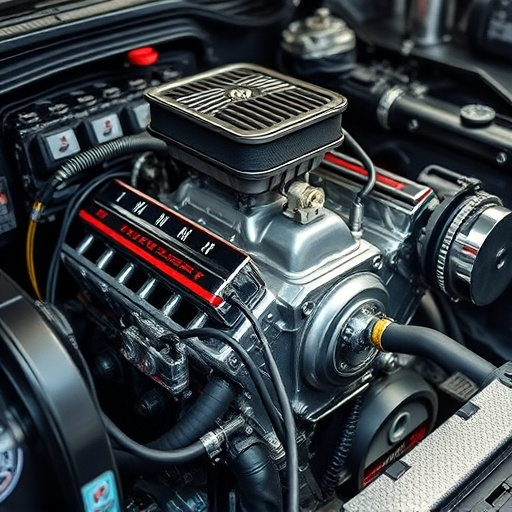A resonator delete is a car modification that boosts performance and sound by removing the resonator from the exhaust system, reducing backpressure, and potentially increasing horsepower. It's DIY-friendly but requires compatibility checks. Enthusiasts often follow with air filter kits or cat back exhausts, and performance brakes enhance driving experience in demanding conditions. Professional guidance is recommended for safe installation.
A resonator delete is a popular aftermarket modification that can dramatically transform your driving experience. By removing the exhaust resonator, this simple tweak enhances engine performance and produces a deeper, more aggressive sound. This article delves into the process, explores its effects on both performance and acoustics, and weighs the benefits against considerations for drivers interested in enhancing their vehicle’s capabilities.
- Understanding the Resonator Delete Process
- Impact on Engine Performance and Sound
- Benefits and Considerations for Drivers
Understanding the Resonator Delete Process
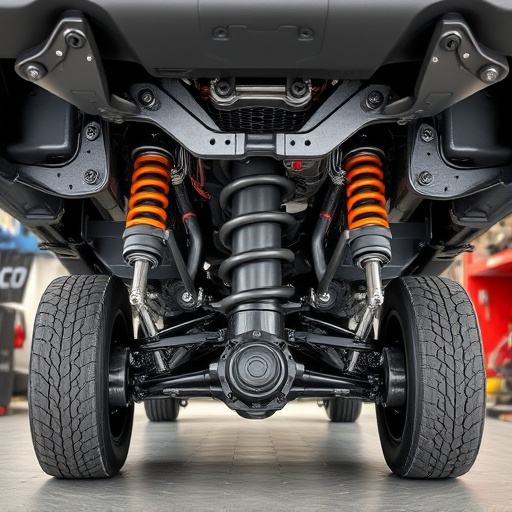
When you perform a resonator delete, you’re essentially modifying your vehicle’s exhaust system by removing the resonator, a component designed to reduce unwanted noise vibrations. This straightforward modification can significantly impact your driving experience, enhancing both performance and sound. The process involves disconnecting or eliminating the resonator, which is typically located in the exhaust system between the catalytic converter and muffler. This simple step allows for the free flow of gases, reducing backpressure and potentially increasing engine power.
While a resonator delete can be done as a DIY project with the right tools and knowledge, it’s crucial to ensure compatibility with your vehicle model. Many enthusiasts opt for air filter kits or even upgrade to a cat back exhaust system post-delete to further enhance their driving experience. Additionally, performance brakes can complement these modifications by providing better stopping power, especially during high-performance driving conditions.
Impact on Engine Performance and Sound
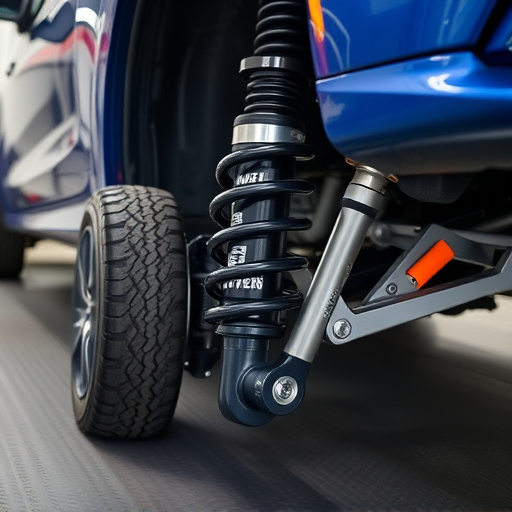
A resonator delete is a simple yet powerful modification that can significantly alter your vehicle’s driving experience. By removing the resonator from your exhaust system, you directly impact the engine’s performance and sound characteristics. This change allows for a freer flow of exhaust gases, which can result in a more robust and aggressive engine note, appealing to those who enjoy an enhanced auditory experience behind the wheel.
The effect on performance is twofold. Firstly, it reduces backpressure within the exhaust system, allowing the engine to breathe easier and potentially increasing horsepower and torque. This is particularly noticeable in high-performance vehicles equipped with powerful engines. Secondly, it can improve throttle response and overall drivability, making acceleration more responsive and engaging, especially when combined with a performance exhaust system and upgraded brake rotors. These modifications are often sought after by car enthusiasts who want to unlock their vehicle’s full potential, creating a thrilling driving experience that highlights the power of high-performance parts.
Benefits and Considerations for Drivers
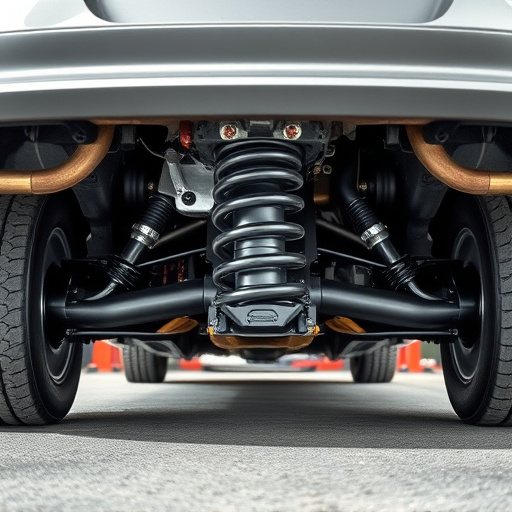
A resonator delete is a popular modification among drivers looking to enhance their vehicle’s sound and performance. By removing or modifying the resonator, a crucial component in the exhaust system, drivers can expect several benefits. One of the primary advantages is an increase in engine sound, often described as a more aggressive and sporty tone, which appeals to car enthusiasts. This modification can also lead to improved performance, as it allows for better airflow through the exhaust system, resulting in increased horsepower and torque.
When considering a resonator delete, drivers should be aware of potential drawbacks. While it enhances sound and power, it may also increase noise levels, which could be disruptive in certain environments. Additionally, proper installation is essential to avoid damage to other exhaust components, such as muffler tips or brake components. Ensuring a seamless fit requires expertise or consultation with professionals who can guide drivers through the process, ensuring a safe and effective performance exhaust modification.
A resonator delete is a simple yet powerful modification that can dramatically transform your driving experience. By removing the resonator, drivers enjoy enhanced engine performance, improved sound signature, and a more responsive drive. However, it’s essential to consider potential downsides like increased noise levels and the need for proper tuning. For those seeking a unique and personalized driving sensation, a resonator delete could be the key to unlocking a new level of automotive enjoyment, providing an exhilarating twist to everyday driving.


